
Cleaning Up Oregon's Beautiful Willamette River
Oregon’s most iconic river hasn’t always been treated well. Can we restore it and bring it back?
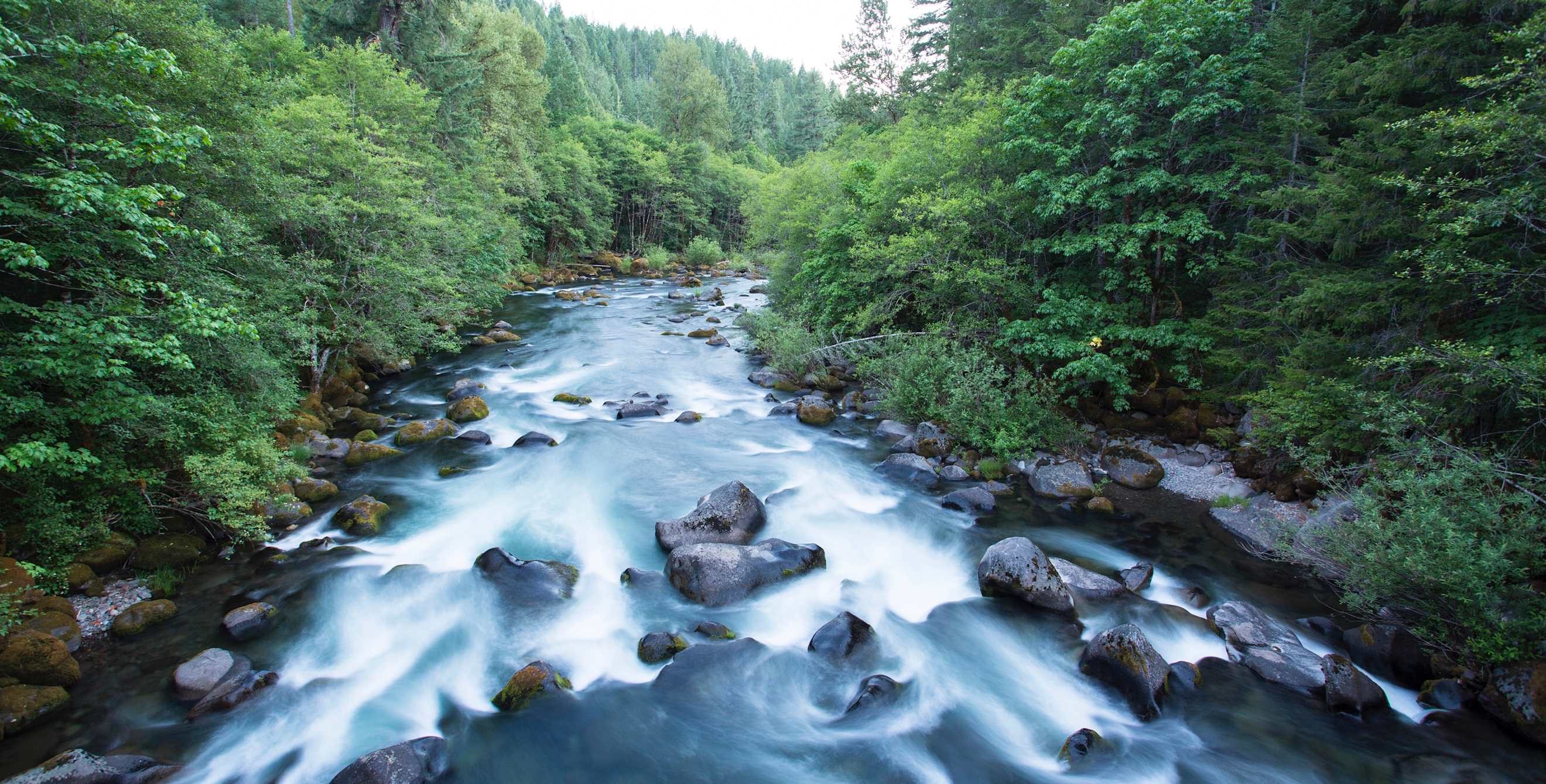
Taking Back the Willamette
The water is cold. I test it with my toes again and feel a chill shudder through me. Then I adjust my goggles and look across the Willamette River toward downtown Portland, about a quarter mile away.
I'm supposed to swim there. On a cool morning, I've come down to a dock on Portland's east side for a group swim hosted by the Human Access Project, a nonprofit focused on bringing Portlanders to the river. And as I gaze out at the water, I feel as though I've encountered a secret marvel in my own city.
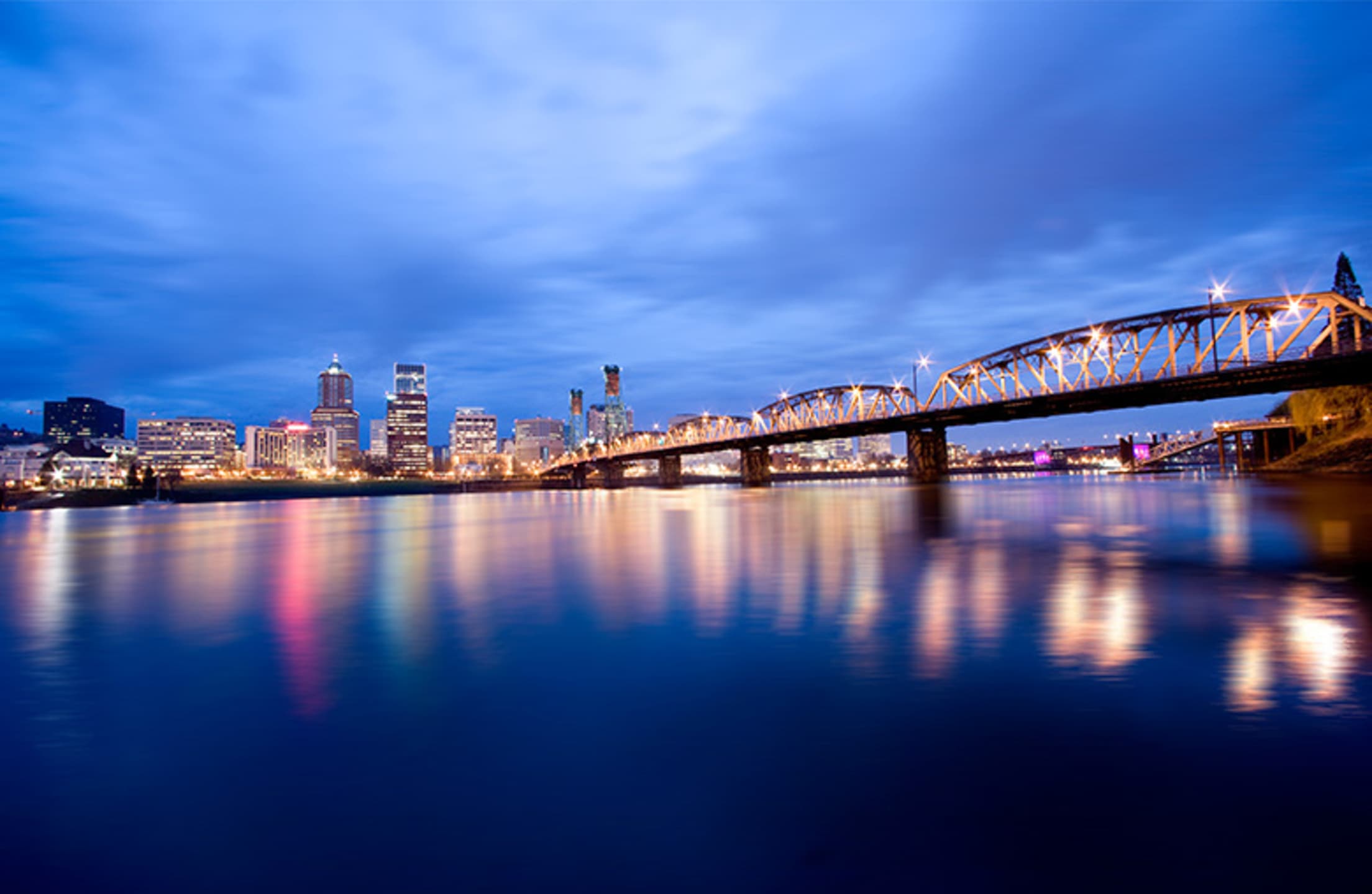
From high on the bridges above, which I've traveled over thousands of times, the Willamette River glimmers like a mighty blue ribbon. Up there, you can see why the long-ago timber barons who built Portland placed the city right here, beside the big river that could carry their logs off to market. But the Willamette is almost an abstraction until you come right down to its banks and see the ripple of wind on the water, the rocks on the bottom, the bends in the bank. Only then are you aware of the river as a living thing.
I jump in, along with 25 other people, and right away we're all swimming hard, stroking and gazing up, sighting for land, the current pressing on our ribs. The water around us is frothing and white from all the kicking. Our mission seems primal. But we're also part of a trend.
Oregonians are reclaiming the Willamette, the 187-mile flow that begins high in the Cascades south of Eugene, twists north through farm fields and vineyards, then joins the Columbia River not far from where we're swimming.
Last summer, when the Human Access Project staged its seventh annual Big Float, more than 2,500 people took to the river on stand-up paddleboards and in inner tubes. Fourteen miles upstream, at Willamette Falls—where, for millennia, indigenous fishers netted salmon from atop stilted platforms—today's locals are getting ready to build a river walk. And down near Eugene, volunteers have spent the past three years transforming a garbage-strewn gravel quarry into a showcase for what a restored Willamette might look like, where the water runs free and cool through shallow, pebble-bottomed back channels in which salmon can once again spawn.
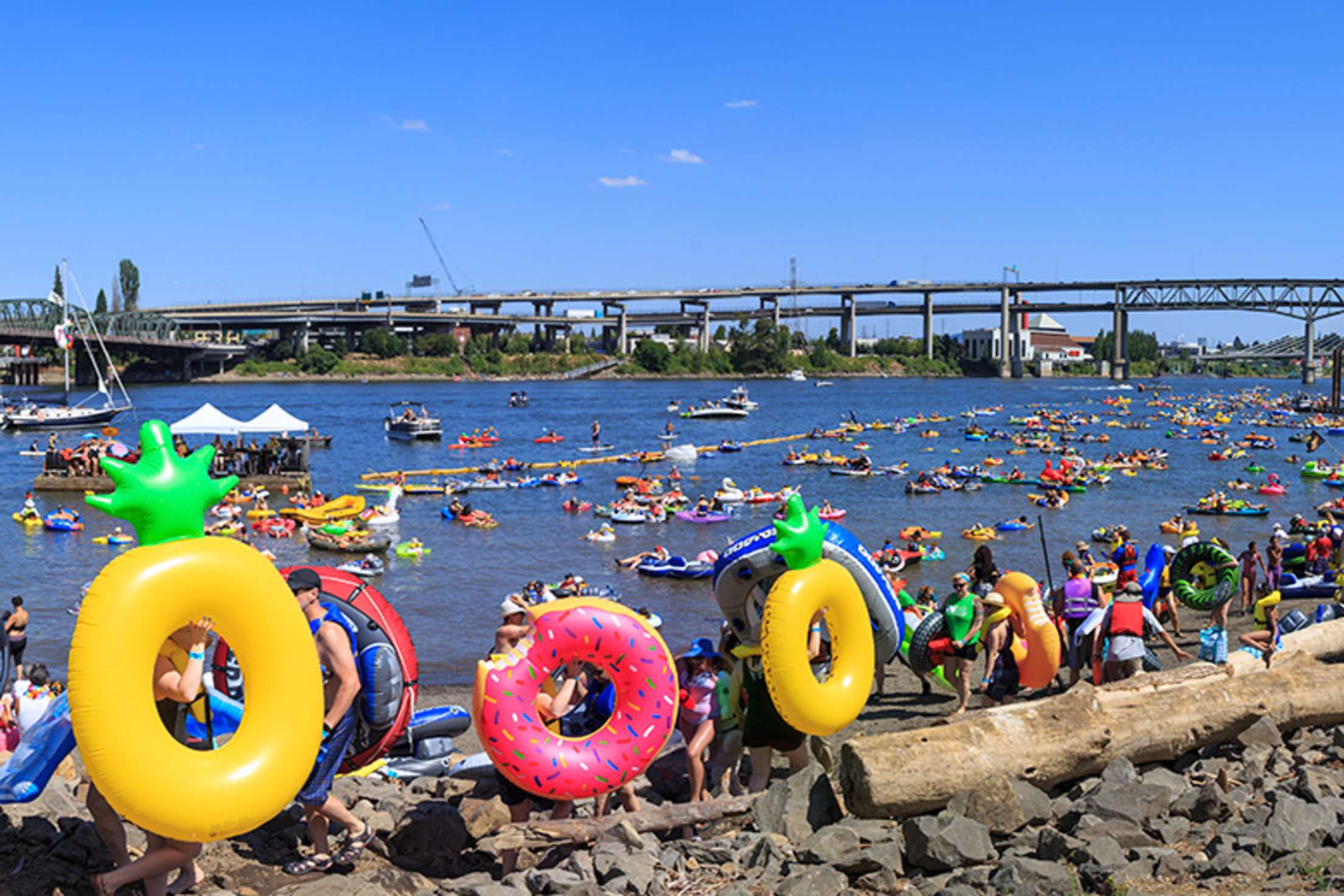
One hundred and fifty years ago, a dreamy poet named Samuel Simpson—known as the Oregon Bard—published a lyric poem entitled "The Beautiful Willamette." It celebrated the river in its Edenic state, "Waltzing, flashing / Tinkling, splashing / Limpid, volatile, and free." But for much of the 15 decades since Simpson wrote his poem, the river has been a dumping ground, a catchment for agricultural and industrial chemicals, and an embarrassing eyesore.
Now Oregonians are once again seeing the splendor and possibility contained in their state's most iconic river, and they're trying to clean it up. Is it too late, or can the Willamette become an Eden again?

Pure at the Source
The essential story of the Willamette—of any river—is that pollutants accumulate downstream. Freshness lies upstream, at the headwaters, and so I begin my journey at the river's most pristine source.
Waldo Lake, which sits at 5,420 feet in the mountains southeast of Eugene, is widely regarded as one of the purest bodies of water in the world. "There are almost no nutrients in it," Al Johnson, a Forest Service hydrologist, tells me when we meet along Waldo's north shore. "It's like distilled water."
The 10-square-mile lake is exceptionally pure because most of what falls into it is rainfall and snowmelt. When Johnson first canoed here decades ago, the water was so transparent, he says, that "looking down, you couldn't even see where the water's surface began." Pointing across the lake, he says, "I'd camp out on the far shore, and it felt like I had the place to myself."
Waldo Lake is still a tranquil and solitary canoeing paradise. Nonelectric motorboats are banned there now, and when I step out onto a dock to look at the lake's floor 15 feet below us, the creases on the individual rocks are crisply clear in the faint aqua cast of the light.
I'll note the same clarity later, alone, when I hike 3.5 miles north along the undulating Jim Weaver Loop, through charred stumps left by a 1996 forest fire and then on to the lake's outlet, the 10-foot-wide start of the North Fork of the Willamette. The water's surface is glassy, a mirror to the blue sky above, and I listen as the stream burbles through rocks and songbirds dart over the water.
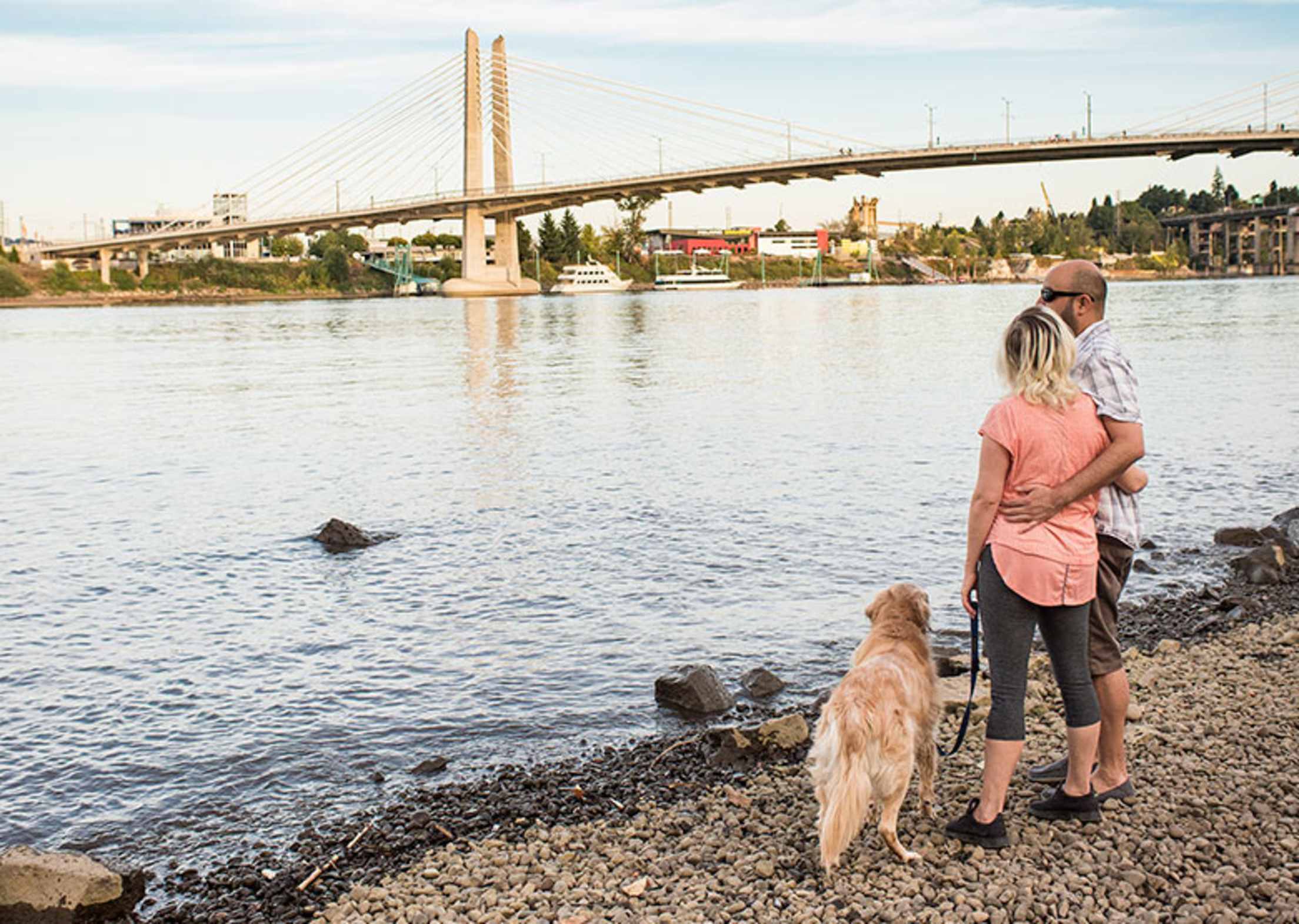
I want to keep following the river down, but that would be a bit hairy: The North Fork plunges 1,000 feet in its first three miles. So after camping out by the lake, beneath the bright stars, I head about 30 miles down Highway 58 to the tiny town of Oakridge and the delights of breakfast at Stewart's 58 Drive-In. Afterward, I pull my bicycle out of the car and, in a gentle rain, start riding along silky smooth, curving Westfir Road, climbing an almost imperceptible hill that slopes upward for miles, eventually becoming Forest Service Road 19.
I'm within hearing distance of the river now. This section of the North Fork was designated a National Wild and Scenic site in 1988, meaning that it can never be dammed. The river here is a whitecapped snake of cold water, wending through a skinny gorge lined with maples and conifers. In places, the banks rise to 80-foot spires of rock, and as I ride, the sun begins to poke through the clouds. The light overhead is a gray halo.
I pedal upstream for 10 miles or so until the rain comes on again, hard, forcing me to turn back toward the car. But as I descend—faster now, drenched, and shivering a bit—I can't help myself: I keep stopping to take photos. Every twist in the river, every moss-covered rock sheltered by the bough of a fir makes me wistful because I know that, from here north, the Willamette only becomes more tame.
Out of the Wild
In 1868, the same year Simpson's poem sang of a river "racing to the wild forever," the Army Corps of Engineers began dredging the Willamette. Eventually, the Corps built 13 dams on Willamette tributaries to control floods and generate power. A meandering, braided river that once sprawled across its entire floodplain, in some places four miles wide, became a narrow, fast-moving chute. Shallow side channels that had long harbored spawning salmon were dug deep and straight so that steamers could barrel through, carrying timber and wheat.
The river became a freight train, a workhorse, and when I drive toward Eugene and pull off onto a back road, I can see how it's suffered. I'm here to tour the Willamette Confluence Preserve with Chris Orsinger, director of the Friends of Buford Park and Mt. Pisgah. He's tall, with a slight Southern drawl. He meets me at the locked gate of the preserve, which is still closed to the public save for some periodic guided tours.
In his pickup we rumble over a vast, morphing landscape toward the meeting of the Willamette's Middle and Coast Forks. "That pond over there was filled with rebar and old tires," he tells me. "Over there, the county used to dump street sweepings. We found elevated levels of hydrocarbons in the soil. Over there were barrels of old paint."
Now the trash is all gone, and Orsinger recites to me the virtues of the thousands of plants that Friends volunteers have recently put in alongside the dirt roads—Oregon grape, bitter cherry, red flowering currant. "All that vegetation will filter out the sediments," he says. "A healthy floodplain means a diverse assemblage of plants, a diverse assemblage of wildlife."
We keep driving. For six contiguous miles, the frontage along the Middle Fork was once a quarry owned by Eugene based Wildish Land Company. In 1990, Orsinger began visiting the site—and considering the possibilities. In 2006, the Wildish family expressed a willingness to sell. Four years later, the Nature Conservancy purchased those six miles of riverfront for $23.4 million. "Over there," Orsinger says now, "we breached a dike. We opened up those ponds so the river could get in. It's working its fluvial geomorphic processes again. It's braiding; it's inviting to salmon."
Orsinger is so happy, he's like a kid let loose in a sandbox, and when I leave him, I yearn to get in the river and play. In Salem, I stop to join a group kayak tour hosted by Portland-based Alder Creek Kayak & Canoe. As a dozen of us float along for 12 miles, the current is placid; you can just barely sense that it's propelling you north. The river is a half mile wide here, and there are no eddies, no rapids, no whirlpools.
I'm communing with a dredged, tamed Willamette, but the experience is pleasant. At times, I find myself kicking back, my paddle in my lap as I bask in the sun. Ducklings swim in so close that I can work them into my selfies. The journey ends at the Arcane Cellars winery, on the river's banks north of Salem, and along with my fellow kayakers, I imbibe pinot noir made from grapes nourished by the Willamette. I wander down into the reeds on the shore, glass in hand, as the sun sets.
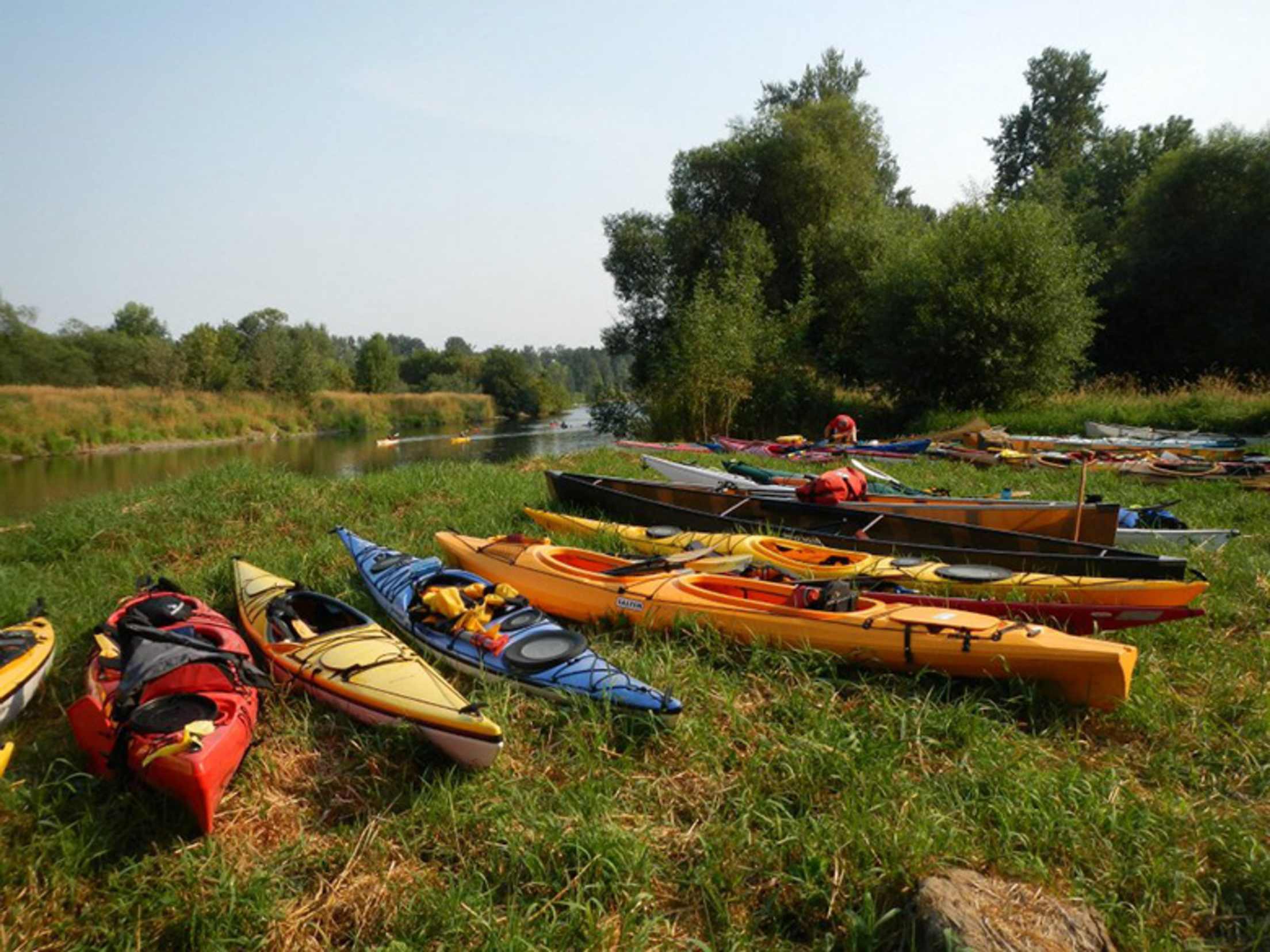
A River Restored
There are myriad other wineries I could visit on my way north to Portland, but I feel a grim obligation to push on toward the city—and to face the cruelty that Portland has, over its long history, visited upon its river.
The story gets grisly fast: In its earliest days—when Portland was Stumptown, a logging hub thick with brothels and low-rent saloons— the city fathers channeled sewage straight into the Willamette, through a network of terracotta pipes. Later, paper mills in Oregon City and West Linn, just south of Portland, made things ickier, polluting the river with a noxious stew of chemicals used to break wood into pulp. A 1927 Portland City Club report declared the river "ugly and filthy." Swimming the Willamette in those days would have been suicidal.
Things finally began to change in the late 1960s, when a rangy, outspoken TV reporter, Tom McCall, was elected as governor. He engineered a miraculous comeback campaign that starred sewage treatment plants. A 1972 National Geographic cover story called the Willamette "A River Restored."
Unfortunately, McCall's push overlooked some of the Willamette's less visible blights. Well into the early 21st century, a cluster of rail yards, shipyards, and manufacturers just north of downtown Portland walloped the river with harsh toxins including mercury, arsenic, and pesticides.
A group called the Willamette Riverkeeper has been watchdogging such polluters since 1996, blowing the whistle when, say, a factory's wastewater pipe bursts. Riverkeeper also helps businesses along the Willamette find ways to reduce industrial waste and leads schoolchildren on canoe trips, so they can see great blue herons as they wend through the native wapatoo plants.
Still, the 11-mile stretch of the Willamette north of downtown has borne more than a century of damage. Now a Superfund site, it will take $1 billion and 13 years to clean up.
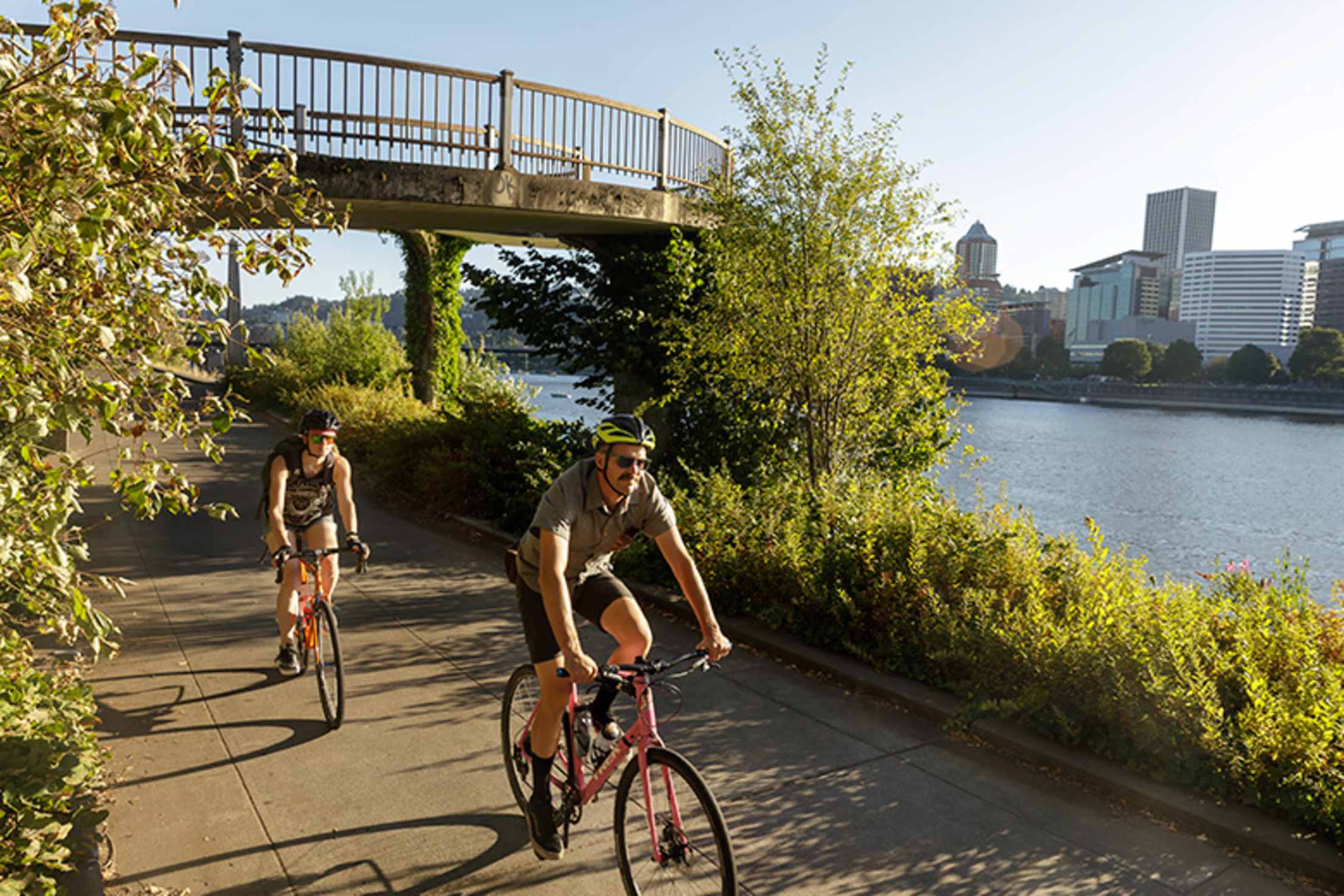
One afternoon I ride my bike to Willamette Cove, arguably the most poisoned patch of shorefront on the river. A public beach, the cove has been closed to the public since 2011; its sand contains lead levels at least 30 times higher than what's considered safe. But on this cloudless afternoon, I am not the only one savoring its seclusion. An older man ambles up from the blighted sand. He's shirtless, in black nylon running shorts, his arms a wrinkled smudge of faded tattoos, a smoldering cigarette dangling from his fingers.
"What's down there?" I ask. His eyes narrow, desolate and dismissive. "The shoreline," he says. Then he stares me down, coldly, until I decide I'm not quite welcome here. Back on my bike, I ride south, away from the Superfund site, past the red steel Broadway Bridge, then down a steep path to the Eastbank Esplanade.
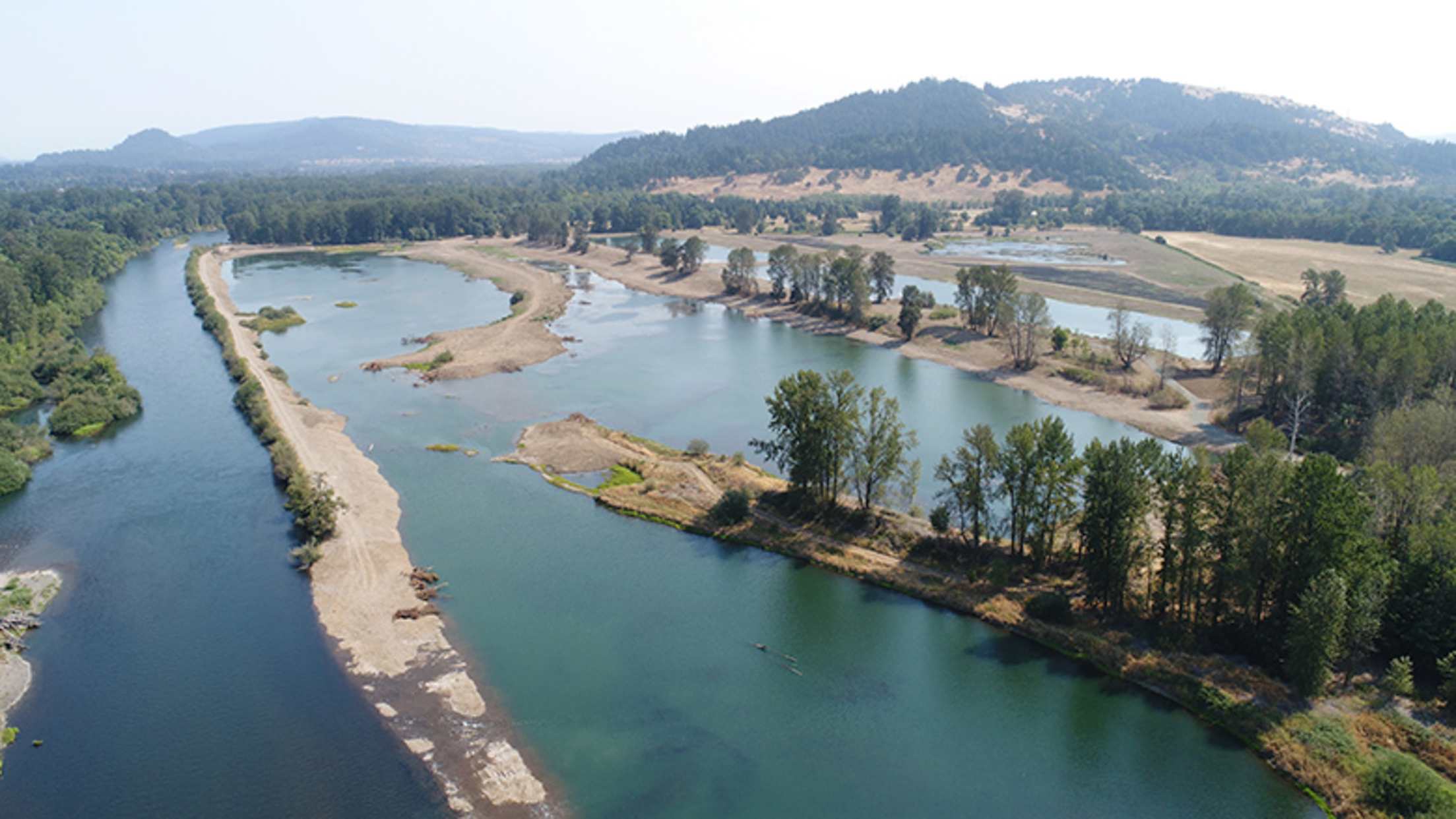
In his wonder-struck poem, Samuel Simpson suggested that this "lovely river" was immutable. "Time that scars us / Maims and mars us," he sang, "Leaves no track or trench on thee." He was wrong. The Willamette is scarred now. But as I bike along on the esplanade, amid hundreds of joggers, strollers, and skateboarders, I'm stunned by the river's resilience.
A half century ago, this shoreline was a fetid and forgotten cesspool. Now, off to my right, a couple of kids are standing, shirtless and barefoot, on rocks at the edge of the river. They hesitate a moment then leap in. The next time I look, their heads are just tiny specks bobbing in the watery distance.
Unlock exclusive Member benefits when you book through AAA Travel.